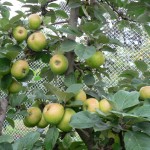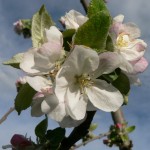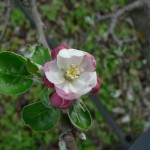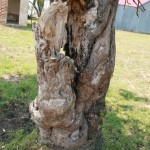This site was originally created to assist in the development of cider apple orchards in Australia. Comments as to subject areas to be covered are welcome. Contact via cideroz@cideroz.com
There are 31 cider apple varieties available that have been confirmed as “true-to-type”, meaning they appear to conform to the named variety in the country of origin. The basic information about these varieties can be found on two webpages of the NSW Dept of Primary Industries:
http://www.dpi.nsw.gov.au/agriculture/horticulture/pomes/cider
http://www.dpi.nsw.gov.au/agriculture/horticulture/pomes/additional-cider-varieties
Since these webpages were created the variety Tardive de la Sarthe has also been confirmed true-to-type.
The 31 varieties originated either in England (”cider”) or France (”cidre”). It is not essential that cider be produced from cider apples. However traditionally cider was made from special apple varieties with levels of tannins and acid that make the fruit less appealing as conventional dessert fruit. As the raw ingredient for cider production these specialised apples come into their own enabling the production of the Hereford and Somerset cider styles as well as the Normandy and Brittany cidre styles.











